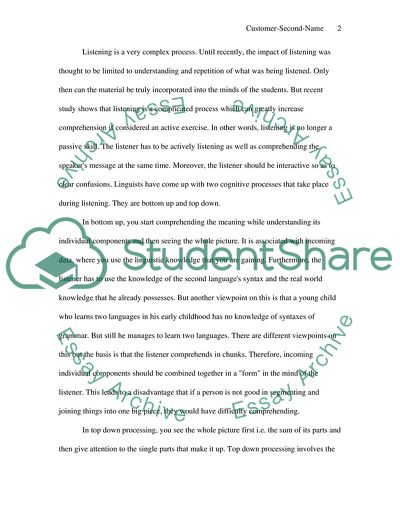Cite this document
(Listening Processes and Factors in Considering Listening Activities Coursework, n.d.)
Listening Processes and Factors in Considering Listening Activities Coursework. https://studentshare.org/education/1709835-written-below
Listening Processes and Factors in Considering Listening Activities Coursework. https://studentshare.org/education/1709835-written-below
(Listening Processes and Factors in Considering Listening Activities Coursework)
Listening Processes and Factors in Considering Listening Activities Coursework. https://studentshare.org/education/1709835-written-below.
Listening Processes and Factors in Considering Listening Activities Coursework. https://studentshare.org/education/1709835-written-below.
“Listening Processes and Factors in Considering Listening Activities Coursework”. https://studentshare.org/education/1709835-written-below.


